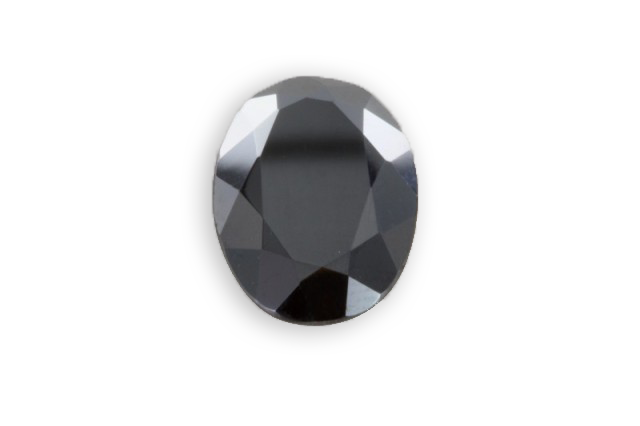
uneven
Je vous emmène à travers mes vidéos découvrir mon expérience acquise depuis plus de 30 ans a silloner le globe entier à la recherche de pierres précieuses, de rencontre mémorables mais aussi de difficulté parfois …
actualités
Categories

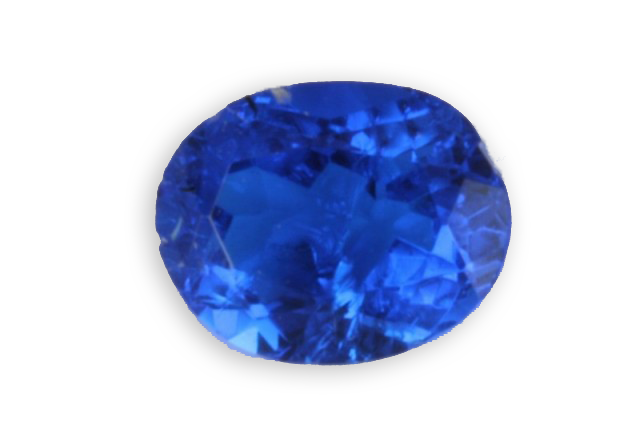
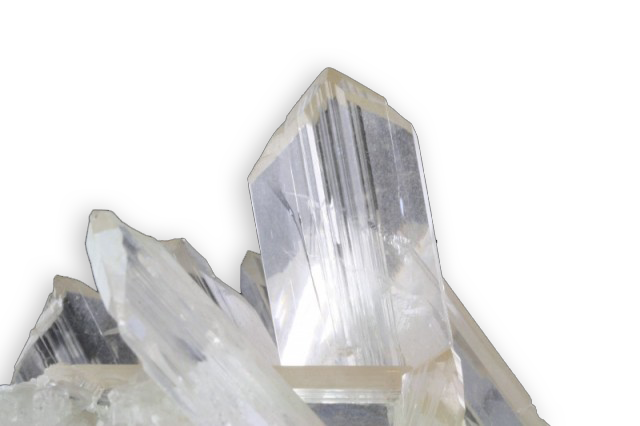
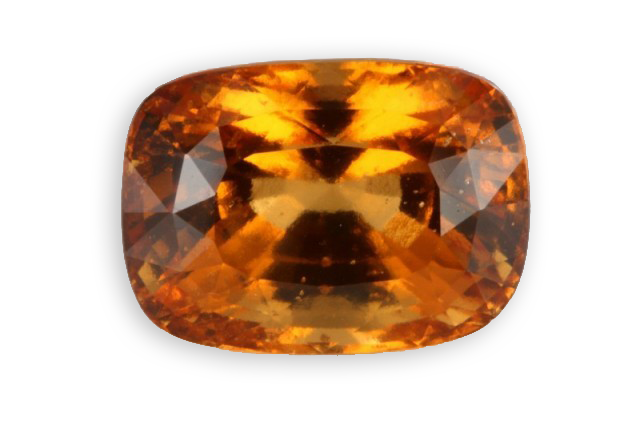
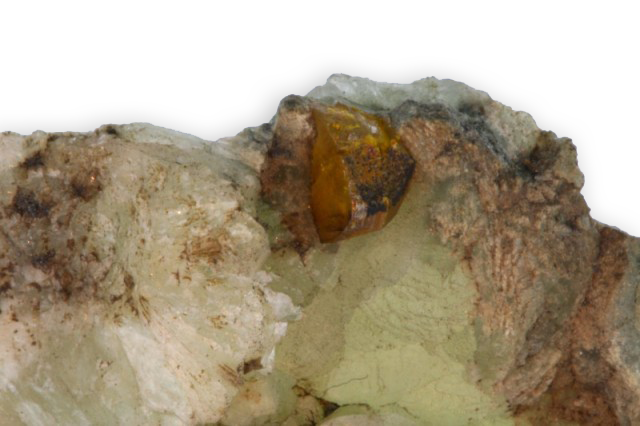
greenockite
ck_admin
March 24, 2021
Its name honors Lord Greenock, from Greenock in Scotland where it was discovered in 1840.
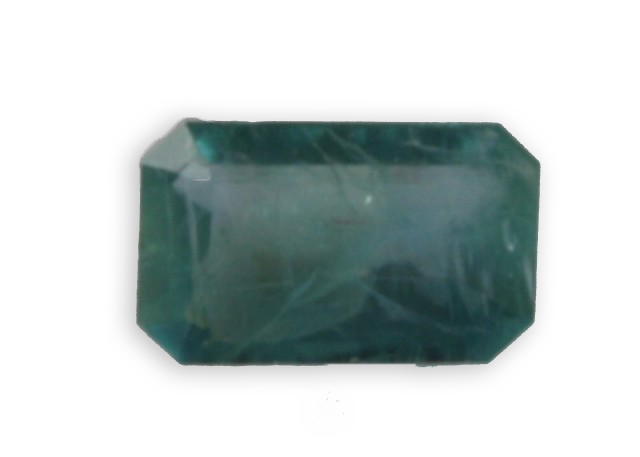
grandidierite
ck_admin
March 24, 2021
Discovered at Andrahomana, near Fort Dauphin in Madagascar. Its name honors the French explorer Alfred Grandidier (1836-1912).



